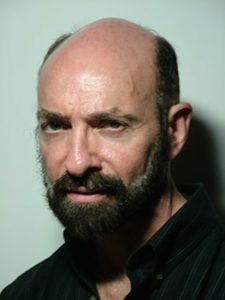George Sakkal
CUVISM
“Cognitive Unconscious Visual Creativity”

About the Artist, George Sakkal
George J. E. Sakkal created his first collage while attending the School of Architecture at Texas A&M University in 1962. For over fifty years, his avocation has been the practice of Fine Art. In addition to winning several national and regional competitions and exhibiting his work throughout the Baltimore/Washington D.C. region, he has lectured and taught collage and his discovery, CUVISM, at two faculties including the University of Maryland’s Community College in Columbia, Maryland.
Sakkal has served as a Peace Corps volunteer architect from 1966 to 68 and an Associate Peace Corps Director from 1968 to 71 both in Iran. He has a Bachelor in Architecture, a Master in City Planning from Harvard’s Graduate School of Design and has spent three years in an evening PhD, Policy Science studies program at the University of Maryland. For several years, he served as Principle Planner, Editor and Director of Research Publications for the Baltimore Regional Council of Governments.
His first article, The Problem with Post Modern Art Theory, was published by the American Arts Quarterly Journal in the summer of 2009. It launched his entry into years of researching the unconscious mind and the effects its decision-making has on Fine Art creativity. Examining the validity of the theories of contemporary art’s Postmodern era, resulted in his first book, CUVISM (Cognitive Unconscious Visual Creativity): The Human Creative Response, published in 2015. He has since combined his experience in art, policy science and cognitive neuroscientific psychology to author his second book, WHOSE TRUTH– WHOSE CREATIVITY?, Why Postmodern Art Theory is a Cultural Damaging Mistake and How Neuroscience Can Prove This, A 21st CENTURY ART MANIFESTO, to be available at most bookstores and with Amazon in Fall of 2021.
For over fifty years, Sakkal has created art using the medium of paper. Early on, he realized that paper offered unlimited creative possibilities. He observed that for most of the 20th century, paper’s use had been minimally understood, appreciated or exploited as an art medium. He observed that most collagists who used paper photographs as their source, apply the photo while largely ignoring the photo’s important inherent properties. These intrinsic elements within a photo are flat color, color with texture and color with structure. Each of these properties can be separated out and formed into a multitude of small paper parts to form a palette resembling paint – a palette to use CUVISM to compose a painting with paper. Along with paint, Sakkal believes paper is the ideal medium to use to search for composition to discover Fine Art.